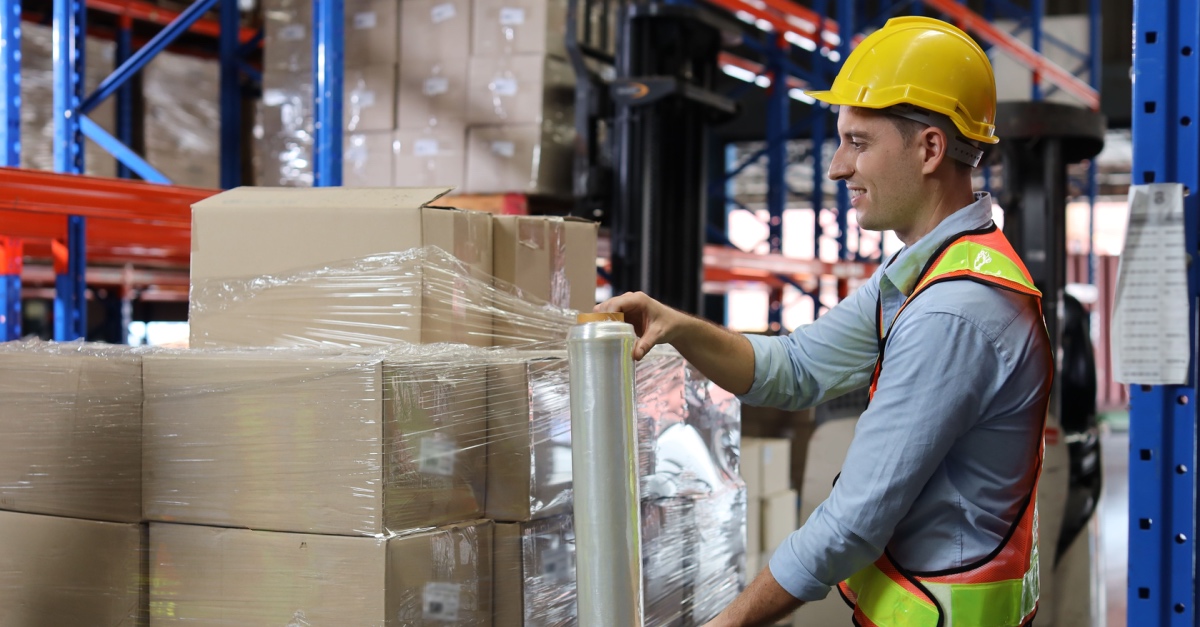

Whether your organization is thinking about embarking on a lean journey, or has been at it awhile, here are four steps to consider for integrating lean principles into your hand assembly and kitting operations.
Hand assembly and kitting operations are often characterized by intricate, labor-intensive, monotonous tasks. These tasks often introduce various inefficiencies (or waste) into manufacturing processes, especially in multi-process assembly lines. Some of these wastes are among the classic “8 wastes of lean” and include:
However, innovative fulfillment specialists have been able to overcome these constraints by embracing lean principles in key manufacturing and assembly operations. Here are four critical steps that can help transform inefficient hand assembly and kitting into a lean process flow for higher quality and more profitable outcomes.
Lean kitting has been proven to address the manufacturing inefficiencies discussed above and then some! The goals behind lean execution in hand assembly and kitting operations is simple:Eliminate waste at all stages of the manufacturing and assembly process while implementing continuous improvement. To do that, four considerations are critical to success:
From matching Sales Orders to Production Orders, and synchronizing order picking to assembly operations, lean execution is all about eliminating waste and unnecessary execution cycles. And nowhere is there better opportunity for waste elimination than in hand assembly and kitting operations.
A lean kitting workflow system will:
Of course, there may be challenges along the way – like dealing with defective kit contents in the middle of a production line, or staffing the right number of packers. But these challenges are familiar to experienced fulfillment center operators who know well how to handle them. They also can be the focus of future continuous improvement efforts.

Indicators of supply chain health are a mixed bag lately. A trade group said “normalcy” won’t be achieved in 2024, while the Fed called them “resilient.”

Warehouse labor management is such an evergreen issue, that it should have its own scientific plant name in Latin. How do we consistently find sufficient labor? How do we maintain productivity? What approach do we use?
Get ideas on how to delight your customers with delivery on their timeline.